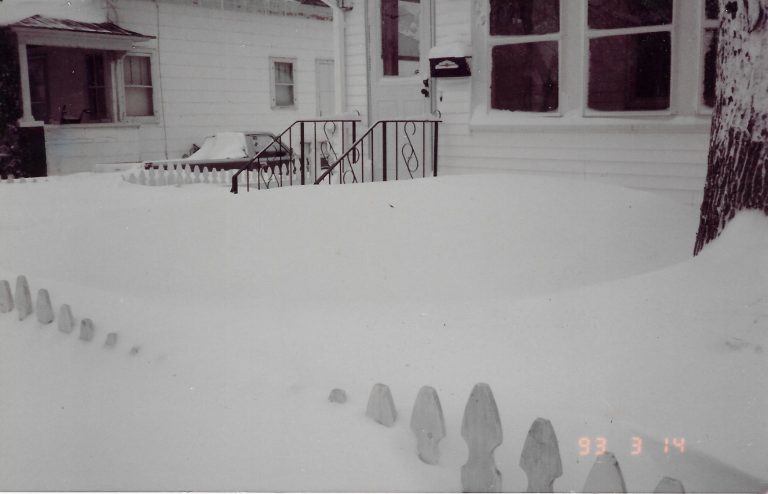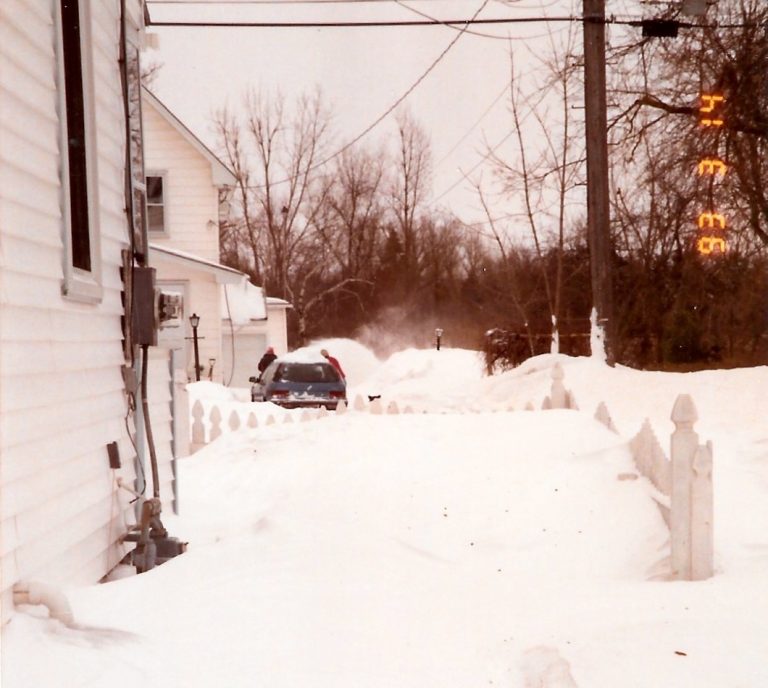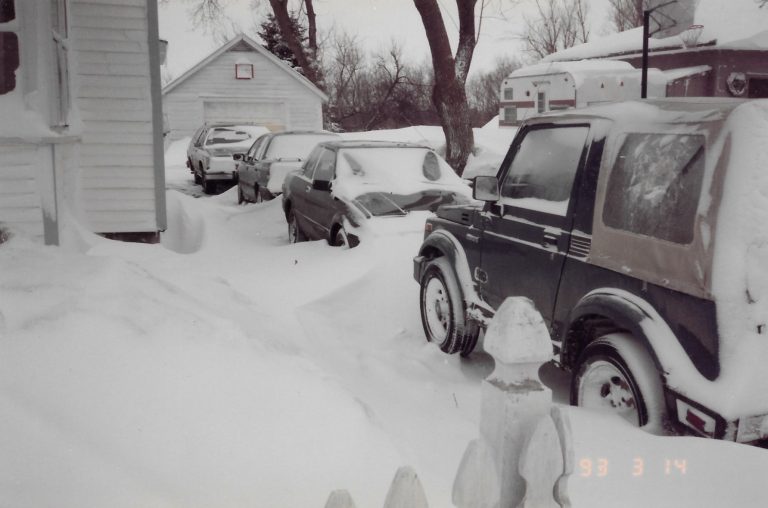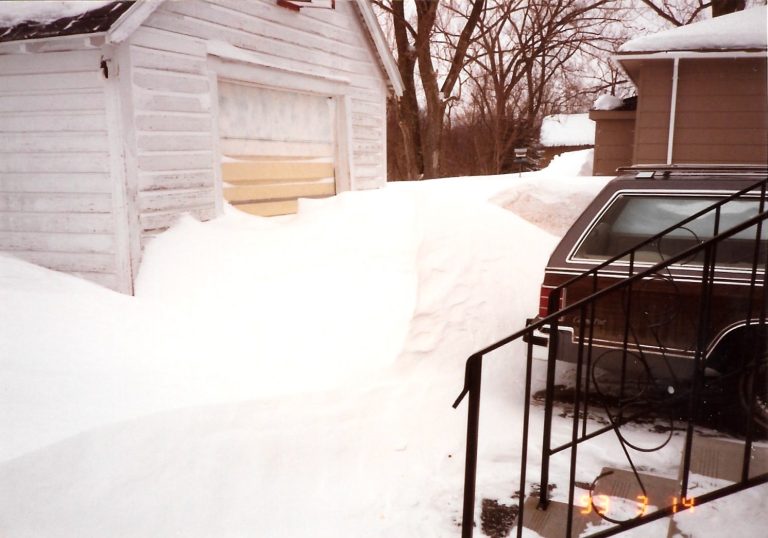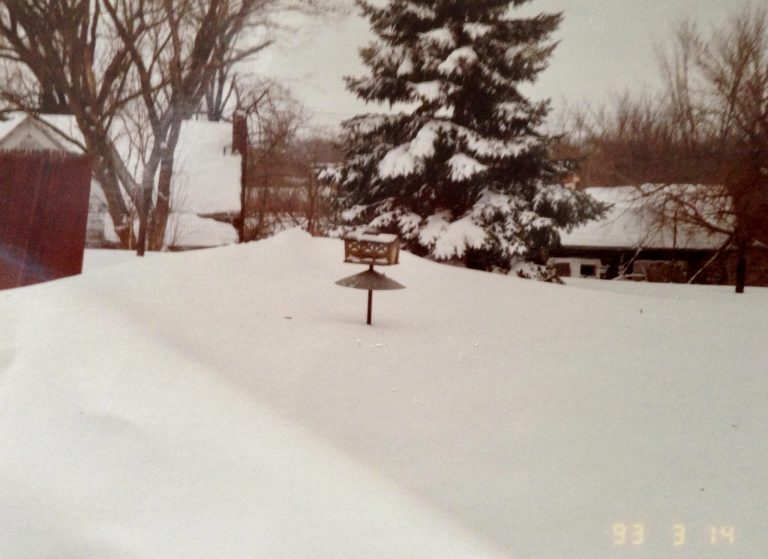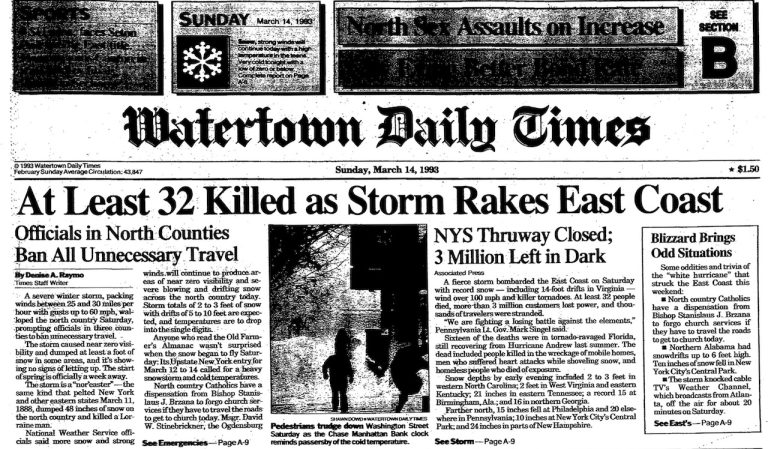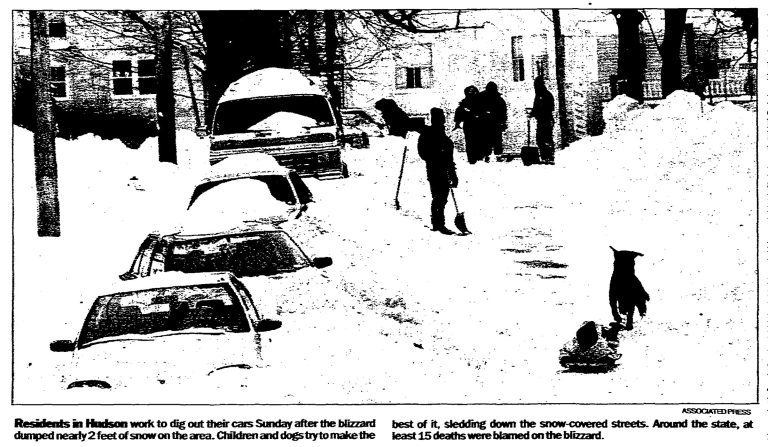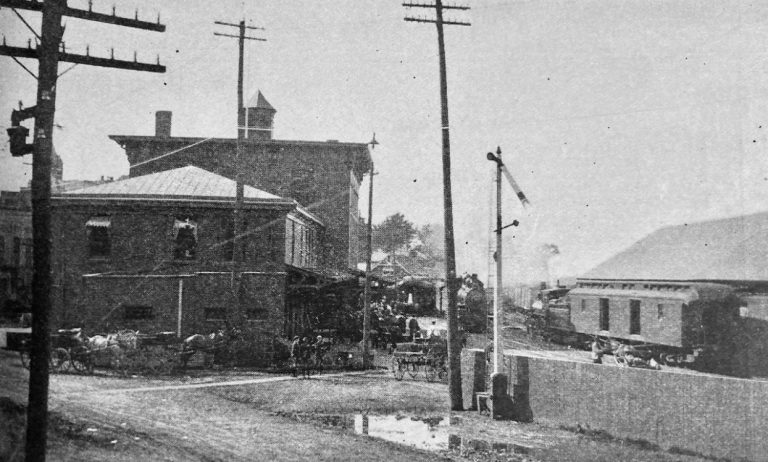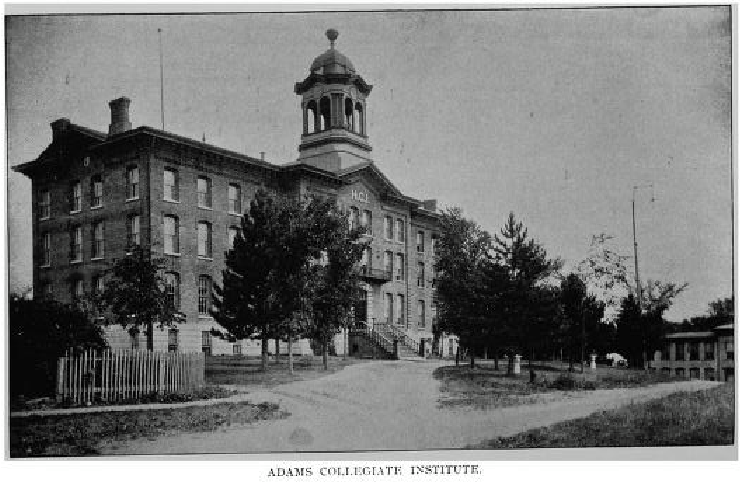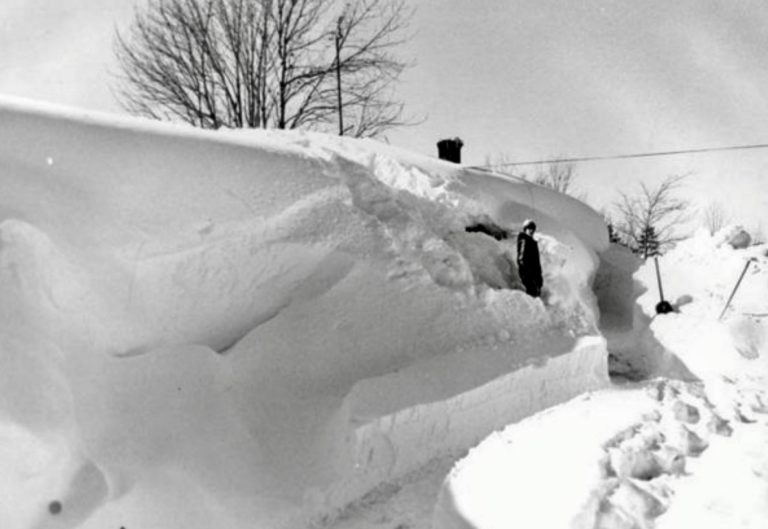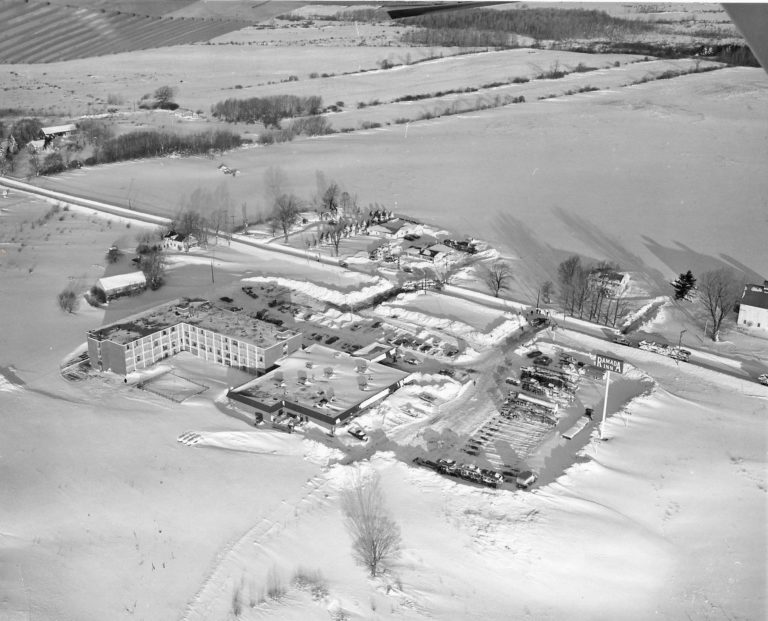The Blizzard of 1993 May Not Have Been the Storm of the Century in Northern New York, But it was for the East Coast
The mid-March blizzard of 1993, touted as the Storm of the Century didn’t necessarily live up to the name locally in the North Country, which had seen worse twice last November and December. Still, it did impact an unusually large number of states along the east coast, quickly dumping between three to four feet of snow and making life difficult for millions with spring only a few weeks away.
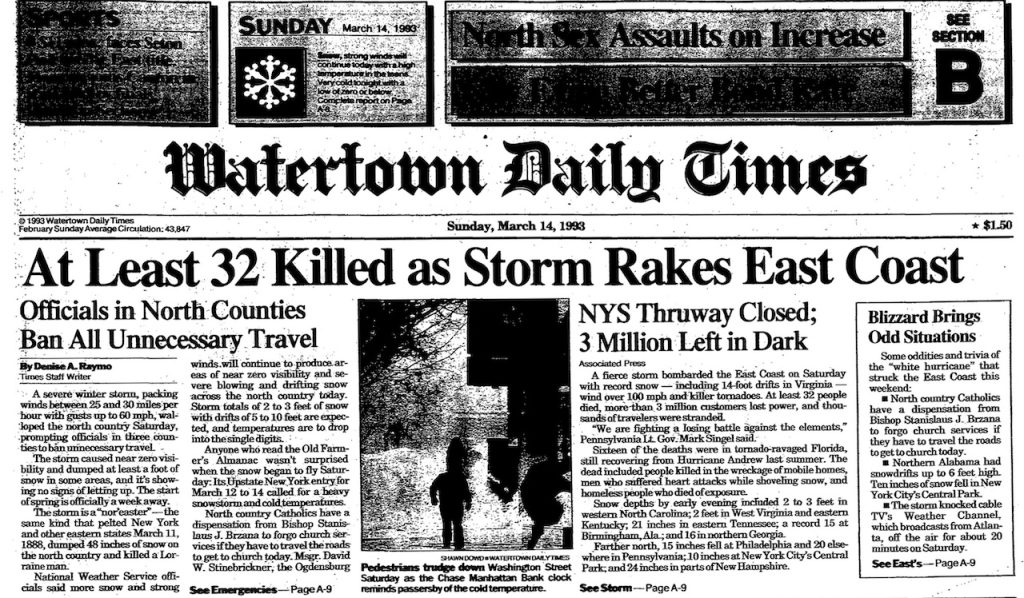
An enormous storm in the Gulf Coast Friday, March 12, threatened the entire east coast, from George to the Canadian Maritimes, with blizzard conditions. The National Weather Service in Philadelphia stated, “This could be the worst storm of the century,” as blizzard warnings were posted from North Carolina to Maine, including all the metropolitan areas in between.
Locally, 6 to 10 feet waves were expected along the Lake Ontario shoreline, with severe flooding and coastal erosion potential as a result of the Blizzard of 1993. The Associated Press reported that at least 120,000 sandbags were distributed to lakeshore municipalities. At the same time, people flooded the grocery stores to stock up on the usual suspects from the blizzard/ice storm essential food groups: bread, milk, and beer. Gas and batteries also were highly sought commodities, while homeless shelters in numerous cities began filling up as the store shelves emptied.
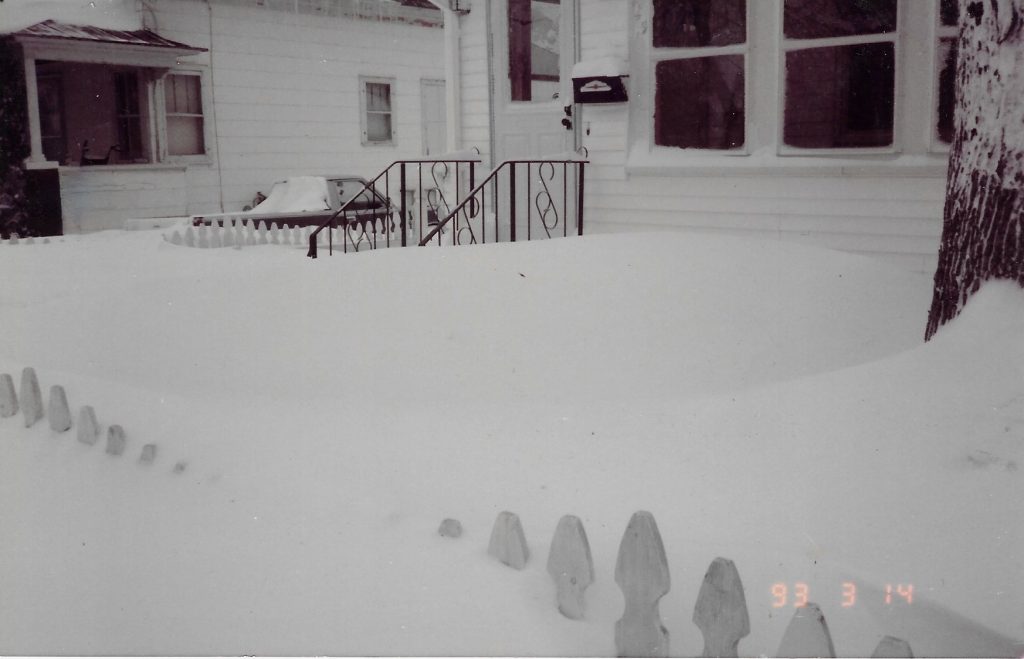
Hurricane-force winds along the Atlantic Coast were also forecasted during the Blizzard of 1993, with tides as high as 6 feet above normal and waves of 25 feet possible. Locally, a blizzard warning was in effect on Saturday, March 13th, for Saturday and Sunday, with winds between 20 and 40 mph and “a foot for more snow.” Shoppers hit the P&C as early as Friday, store manager Paul E. Reese told the Watertown Daily Times—
“I’d say it’s been double the normal Friday. They are buying everything and are totally shopping in the store. Once we saw it getting busy, we called extra people to come in. It used to be the bread and milk would get hit first, but they are coming in and doing their complete shopping.”
Supermarkets in St. Lawrence County also saw an increase in shoppers in Massena, Ogdensburg, Potsdam, and Canton, all reported as busier than normal. “This place has been rocking all day,” John J. Wilson, manager at the Ogdensburg P&C, told the Watertown Daily Times. “You can tell everybody’s worried about it.”
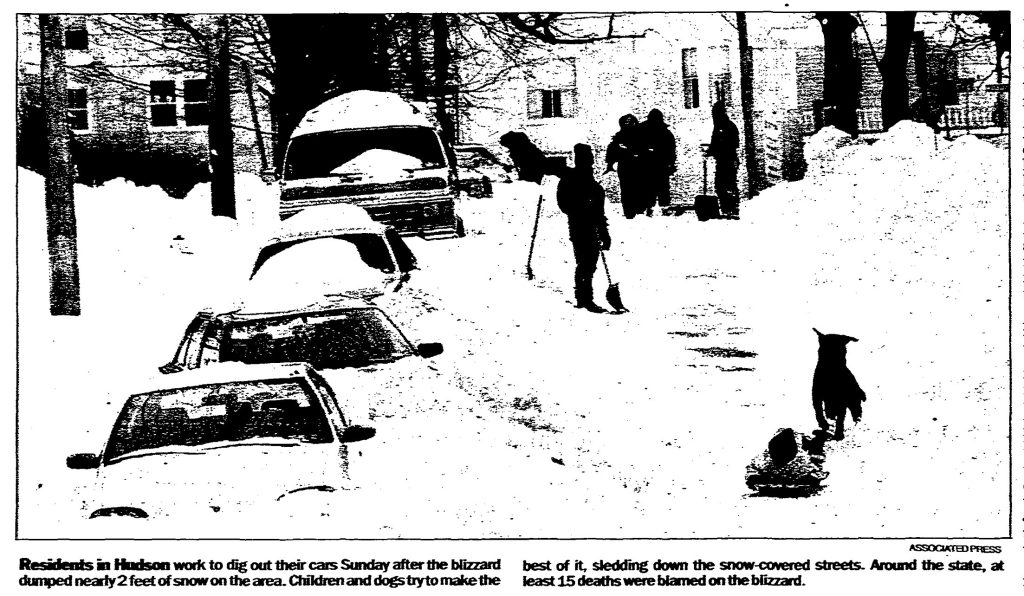
By Sunday morning, headlines blamed at least 32 deaths nationwide on the storm that left 3 million without power and thousands of travelers stranded. The Associated Press reported 14-foot drifts in Virginia. At the same time, places like western North Carolina saw 2 to 3 feet of snow, 2 feet in West Virginia with decreasing totals further south, with 16 inches in northern Georgia and 15 inches in Birmingham, Alabama, which saw snow drifts up to 6 feet high.
Here in New York, Gov. Mario Cuomo declared a state of emergency as officials in Northern New York counties banned all unnecessary travel, while downstate the NYS Thruway was closed. The Army National Guard and Air National Guard were eventually called into action to help the hardest-hit communities of what was called “a hurricane with snow,” by Devin Dean, a forecaster at the Atmospheric Science Research Center at the State University of New York at Albany.
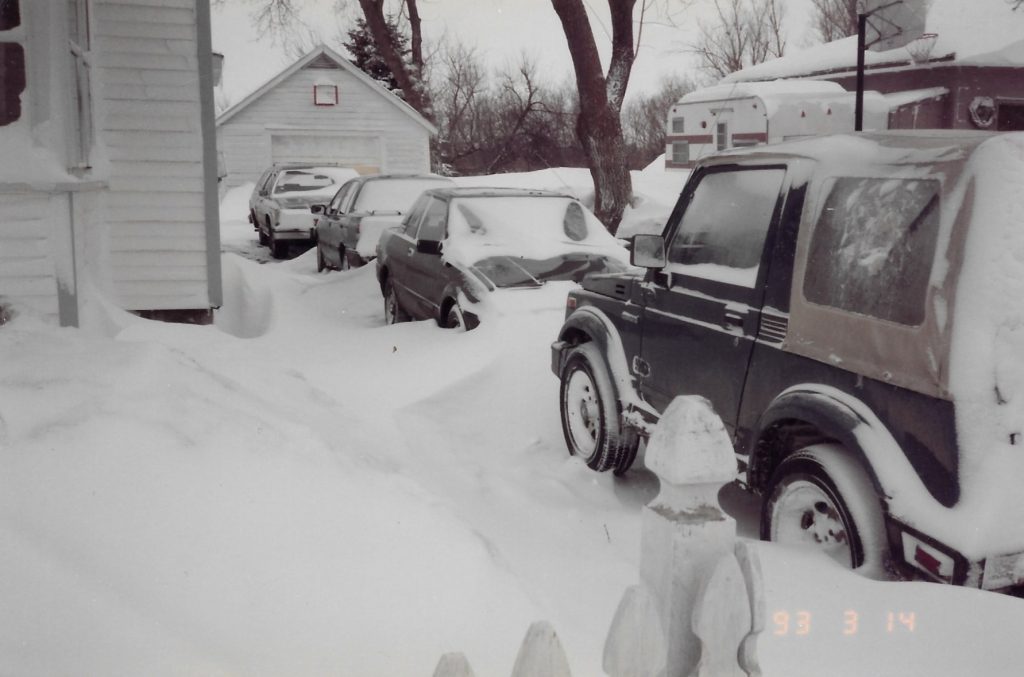
As of Saturday night, much of the area was already covered with a foot of snow, with an additional 1 to 2 inches per hour falling. By Monday, the death toll in New York State alone was 15, many caused by heart attacks. One individual died after being buried in an avalanche, while several others, mostly elderly, died buried in the snow.
In Syracuse, the Carrier Dome had to be deflated to keep it from collapsing under the weight of three feet of snow. The city set a record for snowfall in a 24-hour period, with 34.6 inches falling between 10 a.m. Saturday and 10 a.m. Sunday. The storm put Syracuse’s totals for the season nearly 8 inches over the previous year’s total when it earned the bragging rights of America’s most snow-prone major city with 166.9 inches.
Below: A short, 46-second video showing the weather pattern forming the storm of the century along the east coast via NOAAVisualizations YouTube page.
Regarding the rest of the nation’s struggle with the Blizzard of 1993, the storm of the century turned out to be little more than an inconvenience for most in Northern New York. Approximately three feet of snow fell, nowhere near any records, but the cold and wind created issues, with 49 mph winds creating 4 to 8 feet drifts. At the Watertown International Airport, the record low on Monday of -23º was the nation’s low. According to the Watertown Daily Times—
Jefferson County Emergency Management Office Director Thomas C. Bowman said “it was a piece of cake” compared to the 1991 ice storm and Blizzard of ’77.
He said the emergency operations in the basement of the county office building at 175 Arsenal St. was staffed by only two county employees and two Red Cross workers throughout the weekend. A countywide travel ban was in effect from 8 p.m. Saturday to 2 p.m. Sunday, driving in the city of Watertown was banned until 4 p.m. Sunday.
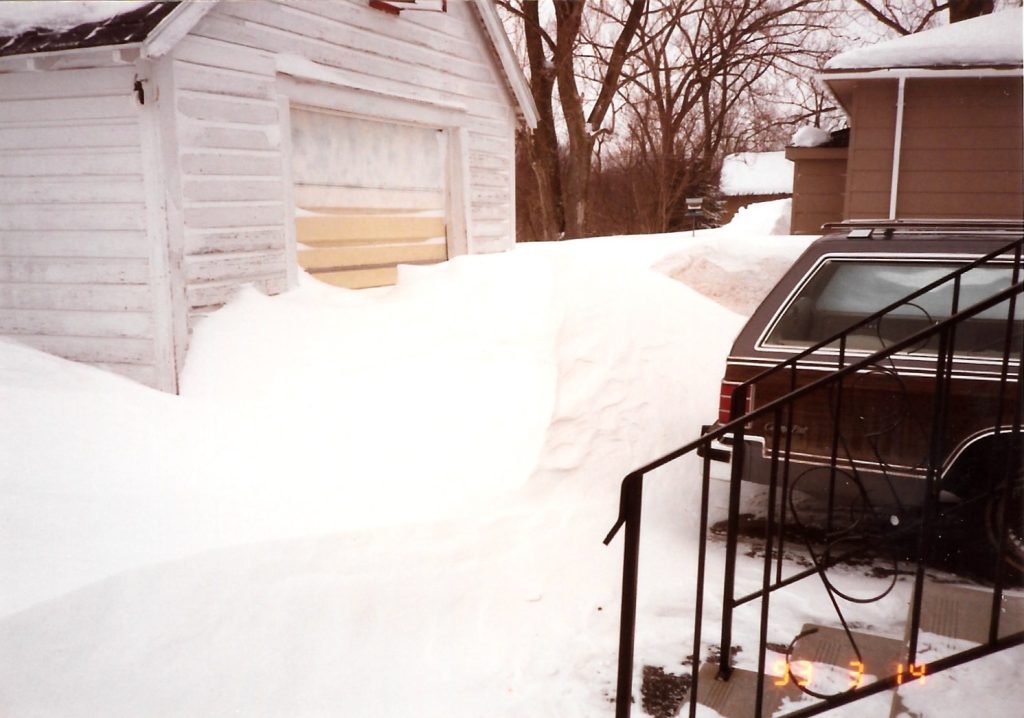
Perhaps the most notable incident involving property damage in the region was at Porterdale Farm on Dry Hill Road when a 20 to 30-foot section of a barn roof collapsed under the weight of snow in the early hours of Sunday morning. Fortunately, nobody was injured, and no animals were lost, but the wind chill reached upwards of 30º below zero, making the work for several volunteer firemen from Rodman a bit frigid.
For the rest of the country that dealt with undoubtedly unusual weather during the Blizzard of 1993, what was called the storm of the century seemed like just another winter Sunday in Northern New York. The storm did provide a bit of historical trivia as the Watertown Daily Times dug through their archives and found that the storm struck nearly to the day 105 years after the Blizzard of 1888—
The storm came almost on the anniversary of the Blizzard of 1888, which began on March 11. Heavy snow, wind gusts up to 80 mph, and temperatures that dropped to near zero killed 400 people and caused damage estimated at $20 million.
That particular storm, characterized as a nor’ eastern, moved up the East Coast and dumped 48 inches of snow on Jefferson, St. Lawrence, and Lewis counties.
Below: Blizzard of 1993 Special, from WSTM, Channel 3 News, where Syracuse saw several records broken, from CNYCentral’s YouTube page.
